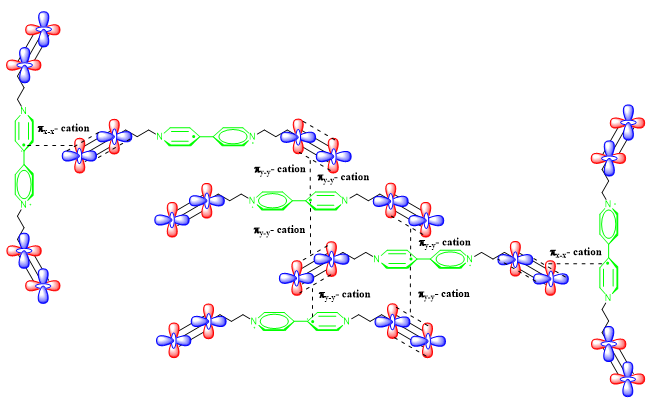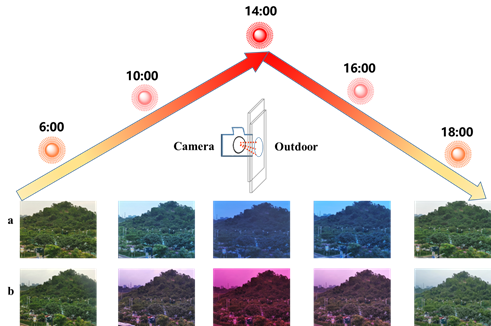Recently, Associate Professor Yan Jun Liu from the Department of Electrical and Electronic Engineering (EEE) at the Southern University of Science and Technology (SUSTech) and Research Associate Professor Fengyu Su from the SUSTech Academy for Advanced Interdisciplinary Studies, collaborated with Professor Yanqing Tian from the Department of Materials Science and Engineering (MSE) in the research field of novel electrochromic materials and devices. They published a paper entitled “Automatic light-adjusting electrochromic device powered by perovskite solar cell” in the high-impact academic journal, Nature Communications.

In this research, novel perovskite solar cell-powered all-in-one gel electrochromic devices have been designed and assembled. The combined devices can automatically switch between bleached and colored states to adjust light absorption with variable surrounding light intensity in real-time swiftly.
Electrochromic devices (ECDs) can modulate their light absorption under a small driving voltage, but the requirement for external electrical supplies causes response-lag. To address this problem, self-powered ECDs have been studied recently. However, insensitivity to the surrounding light and unsatisfactory stability of ECDs has hindered their critical applications. To address the problems, the SUSTech team synthesized two alkynyl-containing viologen derivatives and found the intermolecular interactions between alkynyl groups with viologen radical species help to stabilize the electrochromic materials, and further improve the cycling stability of the electrochromic devices up to 70,000 cycles.

Figure 1. Proposed interactions between alkynyl groups and radical cations of bipyridine
The ECD in this research has an all-in-one gel configuration, so it could go dark and bleached quickly with the applying and removing electrical potential, therefore, it was combined with perovskite solar cells (PSCs) to realize the automatically dynamic light-adjusting. As shown in Figure 2, PSCs play as the energy harvester and light-detector, while ECD plays as the smart window and supercapacitor. Energy harvesting, storage, and light regulation could change real-time responding to the surrounding light sensitively. The light density and stored power could be evaluated by the colors and shades of ECDs, and the stored electrical energy could provide power to a LED.

Figure 2. Schematic diagrams of device configurations and working principles of PSCs-powered ECS
The characterizations and tests were performed in outdoor environments. As shown in Figure 3, when the sunlight is strong, PSC harvests more energy and drives the EC into a dark state. The EC could permit less solar radiation to enter the building, therefore, people inside will feel more comfortable under a weaker light than outside.
On the other hand, when the sunlight is weak, PSC harvests less energy and drives the EC into a relatively bright state. The EC could permit more solar radiation to enter the building, thus people inside will feel more comfortable under a brighter light. These exciting results suggest huge potentials of PSC-powered ECDs being applied for all-day intelligent windows.

Figure 3. Automatic light adjustment of PSC-powered ECDs in real-time. Digital images of outdoor sceneries are viewed through PSC-powered ECDs by a blocking device on the lens of the camera at different times.
SUSTech is the sole correspondent unit. Huan Ling and Jianchang Wu, Ph.D. students from MSE at SUSTech are the first and second authors. Professors Fengyu Su, Yanqing Tian, and Yan Jun Liu are the co-correspondent authors. This work was supported by the Ministry of Science and Technology (MOST) of the People’s Republic of China, the Shenzhen Science, Technology and Innovation Commission (SZSTI), and SUSTech.
The collaboration of the authors in developing electrochromic devices with multi-functions, multi-colors, and high stability has resulted in several research papers (ChemPhotoChem. 2020, 4, 357-365; J. Electroanal. Chem. 2019, 851; New J. Chem. 2020, 44, 19902-19907; Nat. Commun. 2021, 12, 1010).
Article link: https://www.nature.com/articles/s41467-021-21086-7
Proofread ByAdrian Cremin, Yingying XIA
Photo By